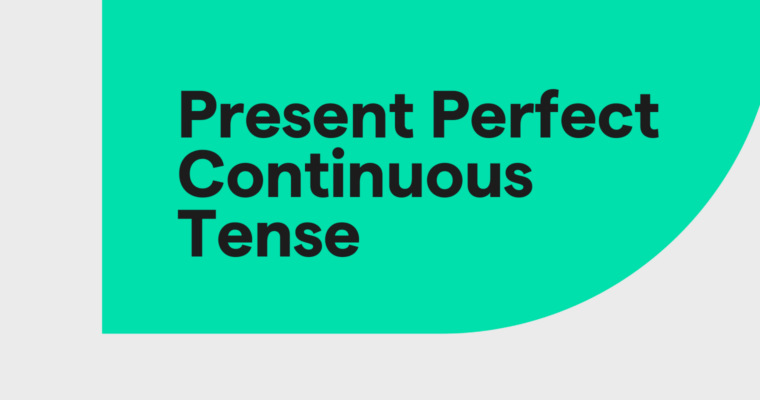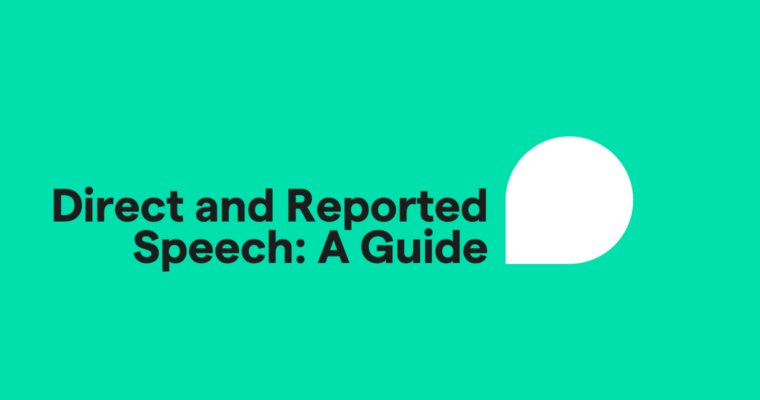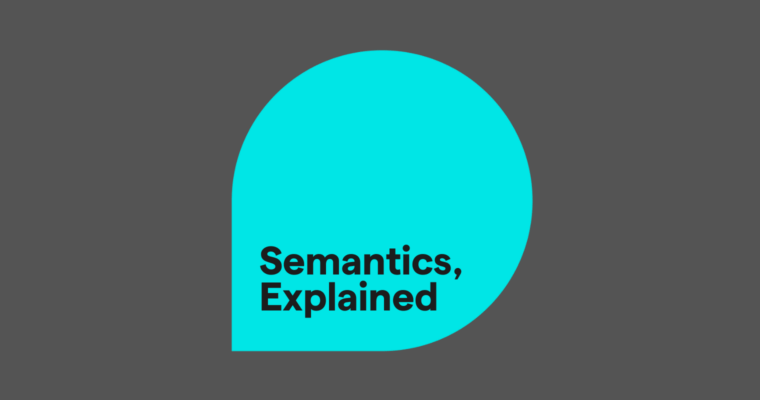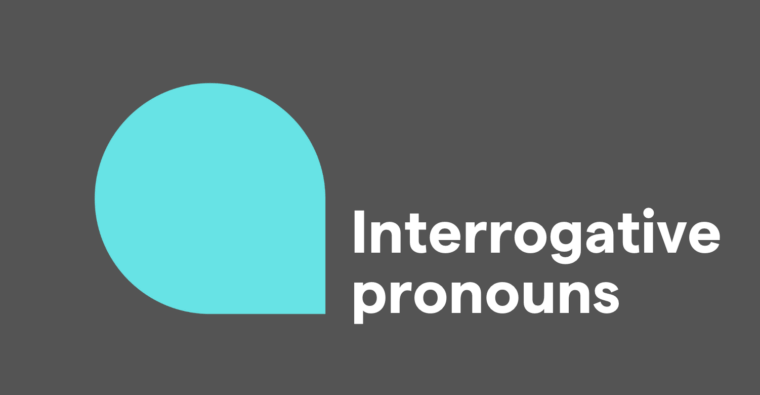
- The present perfect continuous (also known as the present perfect progressive) is a verb tense used to talk about something that started in the past and is continuing at the present time.
- The formula is [have/has] + [been] + [present participle (verb + -ing)].
- Words that mark time, such as recently and lately, are commonly used with the present perfect continuous tense.
- Don’t use the present perfect continuous tense with stative verbs like own, be, and love. For these, use the present perfect tense instead.
Using the present perfect continuous tense correctly is crucial for conveying the continuity of actions that started in the past and continue into the present. Here, we’ll explain how to use the present perfect continuous tense with rules and examples.
Table of contents
What is the present perfect continuous tense?
How to form the present perfect continuous tense
Present perfect vs. present perfect continuous
Present continuous vs. present perfect continuous
Present perfect continuous FAQs
What is the present perfect continuous tense?
The present perfect continuous verb tense is used to describe actions that started in the past and are continuing into the present. It emphasizes the continuity of the action.
In this sentence, using the present perfect continuous conveys that reading War and Peace is an activity that began sometime in the past and is not yet finished.
How to form the present perfect continuous tense
The formula for the present perfect continuous tense is: [have/has] + [been] + [present participle (verb + -ing)].
Recently and lately are words that you often find with verbs in the present perfect continuous tense.
Not all verbs are compatible with continuous action. Verbs that describe states and conditions (stative verbs), such as to be, own, want, need, love, or hate, should not be used in the present perfect continuous tense. When you want to show that what’s being described by one of these verbs continues up to the present, use the present perfect tense.
Present perfect vs. present perfect continuous
The present perfect tense is used to highlight the result or completion of a past action up to the present moment. In contrast, the present perfect continuous is used to emphasize the ongoing nature of an action that began in the past.
- Present perfect formula: [have/has] + [past participle]
- Present perfect continuous formula: [have/has] + [been] + [present participle]
Here’s an example of the present perfect:
In the example above, the focus is on the completion or result of studying.
Now, here’s a similar example in the present perfect continuous:
The above example focuses on the ongoing action of studying.
Understanding these distinctions allows you to choose the tense that best conveys your intended meaning and focus in any sentence.
Present continuous vs. present perfect continuous
The present continuous describes actions happening right now or around the current moment in time, whereas the present perfect continuous emphasizes actions that began in the past and are still ongoing. Although the present continuous and present perfect continuous tenses may seem similar, they serve distinct purposes in English grammar.
- Present continuous formula: [am/is/are] + [present participle]
- Present perfect continuous formula: [have/has] + [been] + [present participle]
Here’s an example of the present continuous:
In the example above, the action is happening right now.
Here’s a similar example in the present perfect continuous:
In that example, the action started in the past and is continuing into the present.
You can convey timing and context more precisely by distinguishing between these two tenses.
Present perfect continuous FAQs
What is the present perfect continuous tense used for?
The present perfect continuous is used to describe actions that started in the past and are still ongoing or have recently stopped. It emphasizes the continuity or duration of the action.
Can you use the present perfect continuous with stative verbs?
No, stative verbs that describe conditions or feelings, such as own, be, love, or know, are not used in the continuous form. Instead, use the present perfect tense (Example: I have owned my car since 2010.).
What’s the difference between the present perfect and the present perfect continuous?
The present perfect focuses on the completion or result of an action (Example: I have finished my homework), while the present perfect continuous emphasizes the ongoing nature or duration of the action (Example: I have been doing my homework for two hours).
How does the present continuous differ from the present perfect continuous?
The present continuous describes actions happening right now (Example: I am eating dinner), while the present perfect continuous describes actions that started in the past and are still ongoing or have recently stopped (Example: I have been eating dinner for 30 minutes).






